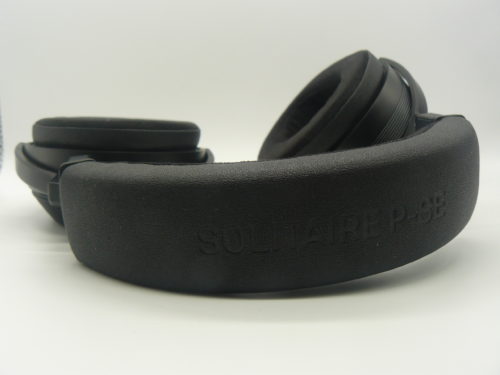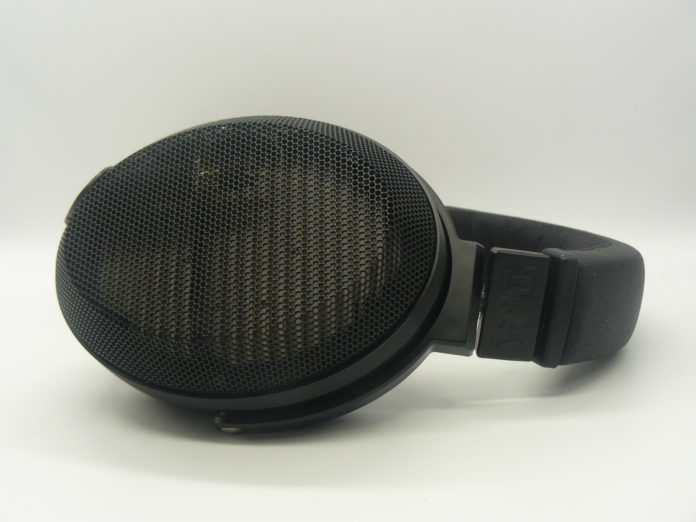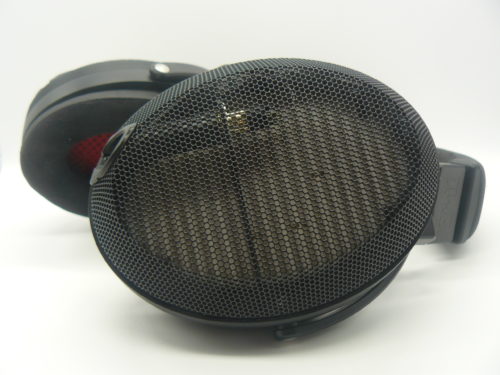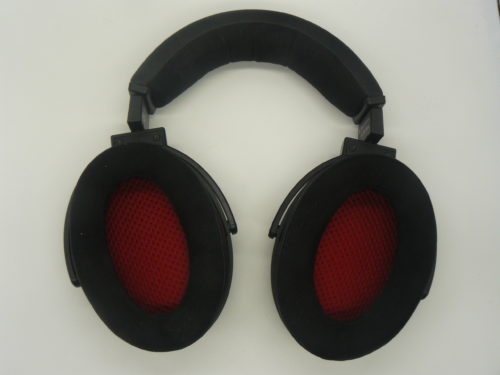I recently looked at the Solitaire P, the almost seven thousand dollars flagship planar headphone from T+A. It’s not every day that we review a headphone with such a massive price point, but when I listened to them they more than proved their worth. Now I’ve gotten the chance to try out the Solitaire P’s little brother, the P SE. Funnily enough, the P SE is just as expensive as some of the most high-end audiophile headphones on the market today, coming in at $3,900. Let’s see the Solitaire P SE compares.
What You Get
- Solitaire P-SE Planar Headphones
- Quarter-inch cable
- 4-pin XLR cable or 4.4mm Pentaconn cable

Look and Feel
Structurally, the P SE features a similar build to the P in terms of size and frame. However, it is immediately apparent that the P SE takes a downgrade in terms of materials. The solid aluminum ear cups and yokes on the P are substituted for plastic materials on the SE version. Although you consider this a lesser version of something better, the level of comfort is similar to its counterpart. The SE supplies you with a light and supportive fit, giving you these firm ear pads made from synthetic leather and velours.
Design
T+A’s in-house transducer is one of the trademarks of the brand. The TPM 2500 is a derivative of the flagship 3100, and is a planar magnetic driver. It uses high-performance neodymium magnets that better suit the shape of the diaphragm, making sure the magnetic signal propagates naturally without air turbulence. This design also ensures that you get less distortion and more dynamic range with very few acoustical hindrances.
Soundstage
Getting to listen to the Solitaire P first I more or less knew what to expect when trying out the SE for the first time. These headphones aren’t really about throwing you into a live environment, but instead displaying the utmost accuracy to the mix that is being reproduced. That’s not to say the SE can’t have some fun though, as the level of separation showcased here deepens the stereo field with ease. The layering exhibits a natural image that spatially articulates the soundstage with great precision. It fills in the gaps with a good amount of air but doesn’t go too far with it.
This isn’t an airy soundstage, but the imaging knows exactly when to take a breath. In effect, this gives the SE excellent headroom and a sense of height that pours the sounds elements into their proper placement. Instruments are incredibly easy to localize, and vocals protrude forward in a commanding fashion. With its tighter grip on the soundstage, the imaging also has an intimate quality that sort of gets lost with some open-back headphones of this type. It separates itself from a lot of other planar headphones, especially one with such an extraordinary price.
Low End
Compared to the Solitaire P, the SE doesn’t touch the bass as deeply, but still provides a great definition to the frequency content. The resolution is clear and effective and gives the sound signature enough lift to grip the listener in its natural tone. Some of the finer details in the sub-bass are presented with a more critical timbre than an expressive one, but it never lacks impact. It is a smooth response that doesn’t add much weight to the sound signature but excels in providing a complete dynamic range and sharp, pinpoint accuracy.
Mids
The midrange becomes a lot more lively the higher in frequency it goes. Their tone is more likely to pop out at you with crisp accents in the upper-midrange. With the Solitaire P SE, the timbre conveys some emphasis but still retains respectable retention to the trueness of the mix of your tracks. Some elements may be more tonally distinct from other frequency bands, but the balance is there. It revels in plentiful detail to make all of its sonic characteristics come together and sound whole. You feel as if everything is right where it should be, with some timbral properties extending themselves in exciting ways. Piano tones and acoustic guitars are big standouts with their expressive resonance, but vocals receive the most forward positioning.
Highs
There are some elements of peakiness in certain regions, but It never deterred me from enjoying this sound signature. I like some sufficient treble in my sound profile, but I don’t think the tonality here will compromise anyone’s enjoyment of the Solitaire P SE. They showcase good energy without much restraint, but they never go overly bright. Some sibilances will definitely make their way through the timbre, which might turn some off, but it is controlled enough to the point where I admired its consistency.
Summary
The Solitaire P SE T+A proves they can withhold a similar level of sonic fidelity no matter the model. Their in-house design is one to look out for, as it has the potential to reproduce a planar sound signature like no other. even though it’s seen as the lesser model in T+A’s current lineup, it still competes quite well with other high-end audiophile headphones like the Focal Utopia, Meze Empyrean, and the Final Audio D8000. It proudly joins their ranks as an endgame headphone to think about in the conversation.
| Pros | Cons |
|
|
The T+A Solitaire P SE is available at Audio46.
Compare the ranking of various headphones, earbuds and in-ear monitors using our tools.
Discuss this, and much more, over on our forum.
---MAJORHIFI may receive commissions from retail offers.

















